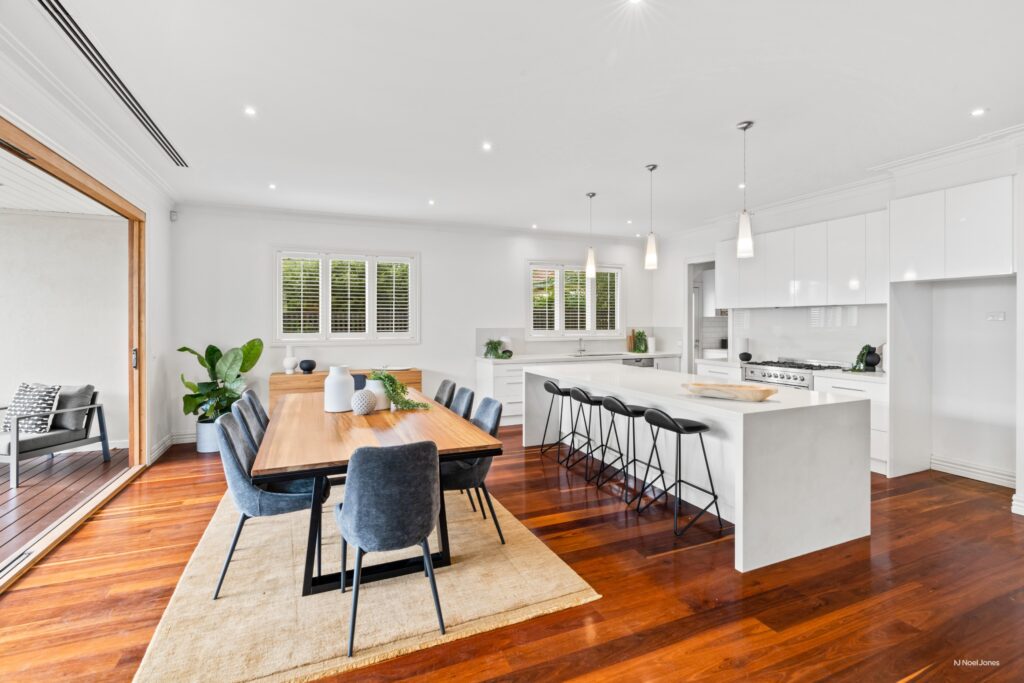First Rate Cut in Years: What’s Next?
On February 18, 2025, the Reserve Bank of Australia (RBA) made its first interest rate cut in over four years, lowering the cash rate from 4.35% to 4.1%. This decision comes after two consecutive quarters of inflation sitting within the RBA’s target range, marking a significant turning point in monetary policy. The rate cut is expected to have far-reaching effects on the economy, including the property market.
Why the RBA Cut Rates Now
Despite inflationary pressures easing, the RBA had been hesitant to cut rates due to continued economic stability. Unemployment remained relatively low, and there were no immediate signs of recession. However, recent data showed that unemployment in December rose more quickly than expected, indicating that both households and businesses were feeling financial strain.
The rate cut is aimed at reducing borrowing costs and providing momentum for economic recovery. While some economists believe this is just the first of several rate cuts expected in 2025, RBA Governor Michele Bullock has cautioned against assuming a series of reductions, stating that future decisions will depend on ongoing economic data.
Impact on the Property Market
A lower cash rate typically leads to a reduction in mortgage interest rates, making borrowing more affordable. Following the announcement, the major banks committed to passing on the cut in full, providing immediate relief for homeowners with variable-rate mortgages.
While the rate cut provides relief to borrowers and a boost to the housing market, there are still uncertainties ahead. Global economic factors, including trade disruptions and potential inflationary pressures from rising fuel costs, could influence future monetary policy. Bullock has emphasised the importance of controlling inflation to avoid a scenario where interest rates remain high for an extended period.





